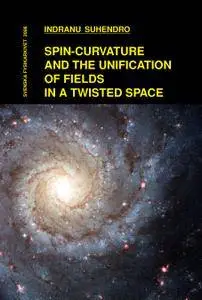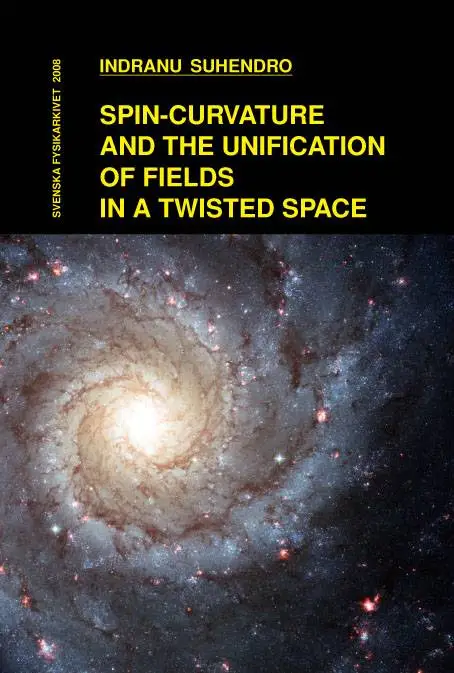Indranu Suhendro, "Spin-Curvature and the Unification of Fields in a Twisted Space"
None | 2008 | ISBN: 918591701X | PDF | pages: 80 | 1,8 mb
None | 2008 | ISBN: 918591701X | PDF | pages: 80 | 1,8 mb
I am honoured to present this book by Indranu Suhenrdo, in which he adduces theoretical solutions to the problems of spin-curvature and the unification of fields in a twisted space. A twist of space is given herein through the appropriate formalism, and is related to the anti-symmetric metric tensor. Kaluza’s theory is extended and given an appropriate integrability condition. Both matter and the isotropic electromagnetic field are geometrized through common field equations: trace-free field equations, giving the energy-momentum tensor for the electromagnetic field via only the generalized Ricci curvature tensor and scalar, are obtained. In the absence of the electromagnetic field the theory goes to Einstein’s 1928 theory of distant parallelism where only the matter field is geometrized (through the twist of space-time). Therefore the above results, in common with respective wave equations, are joined into a “unified theory of semi-classical gravoelectrodynamics”.
There have been few attempts to introduce spin-particles into the theory of relativity (which is the theory of fields, in the sense pro-pounded by Landau and Lifshitz). Frankly speaking, only two of the attempts were complete. The first attempt, by A. Papapetrou (1951), was a “frontal approach” to this problem: he introduced a spin-particle as a swiftly rotating gyro (Proc. Roy. Soc. A, 1951, v. 209, 248–258 and 259–268). This approach however doesn’t match experimental data due to that fact that, considering an electron as a solid ball, the linear velocity of its rotation at its surface should be 70 times greater than the velocity of light. The second attempt, by me and L. Borissova (2001), introduced a spin-particle through the variational principle and Lagrange’s function for such a system (see Chapter 4 of the book Fields, Vacuum, and the Mirror Universe, Editorial URSS, Moscow, 2001). De-spite some success related to its immediate application to the theory of elementary particles, this method however could not be considered as purely “geometric”: spin, the fundamental property of a particle, wasn’t expressed through the geometric properties of the basic space, but in-stead still remained a non-geometrized fundamental characteristic of matter.
My Links
No mirrors please!
No mirrors please!



